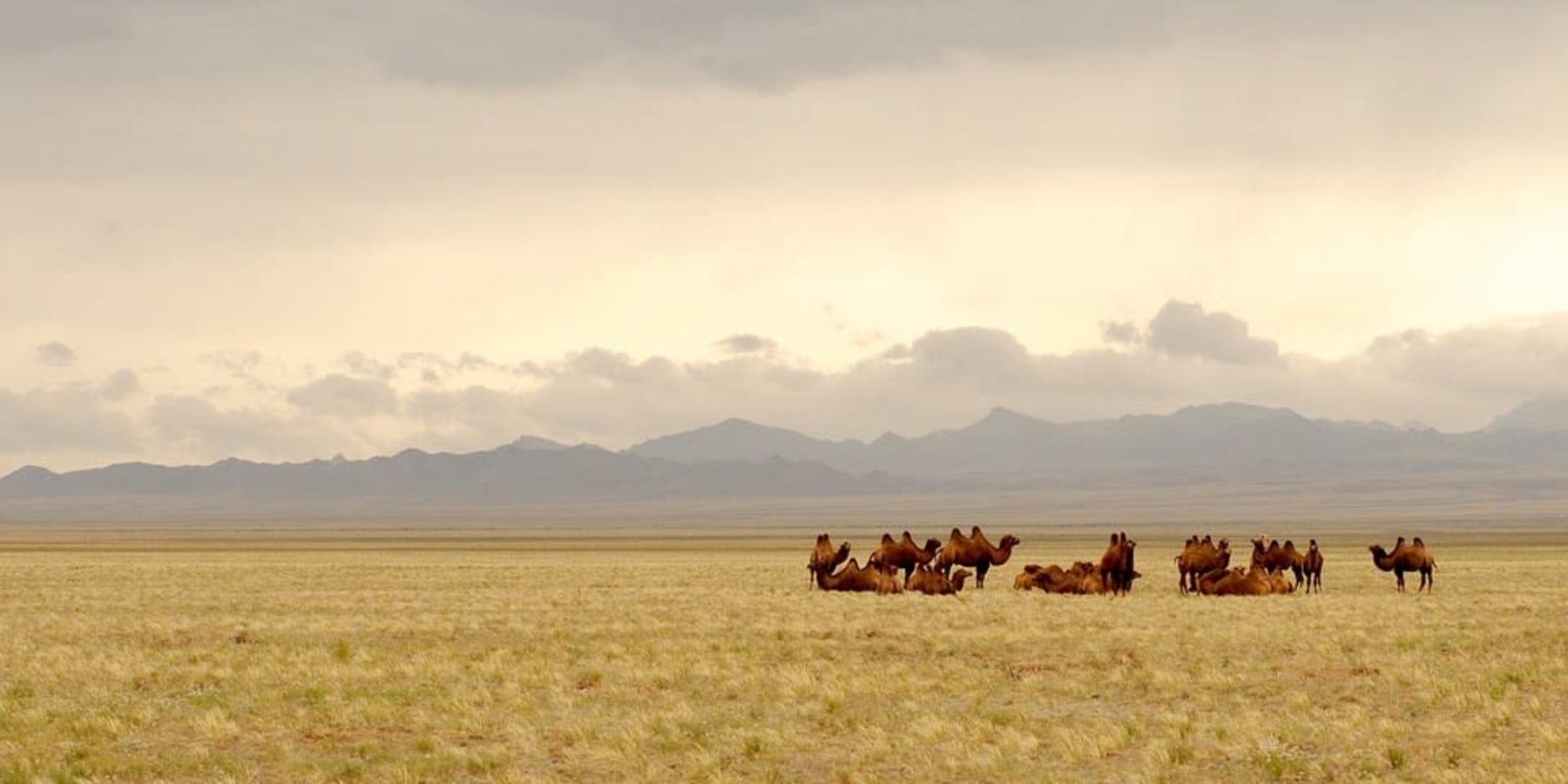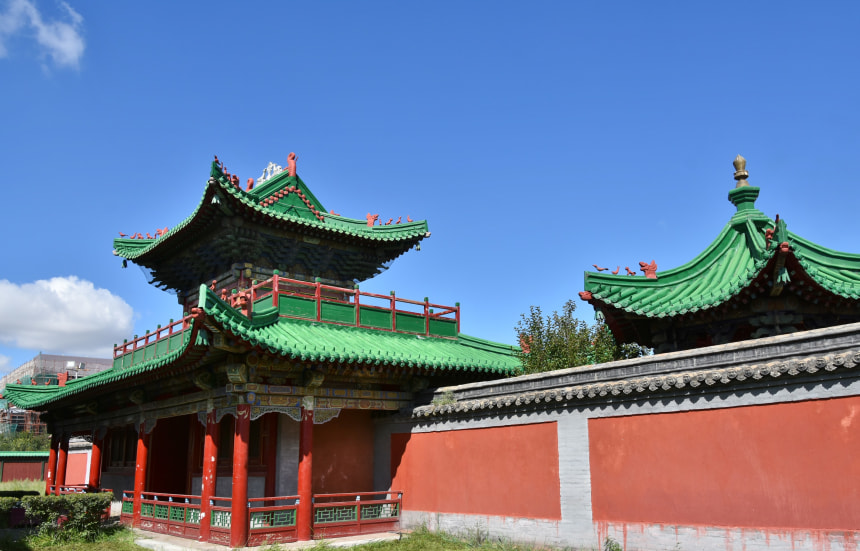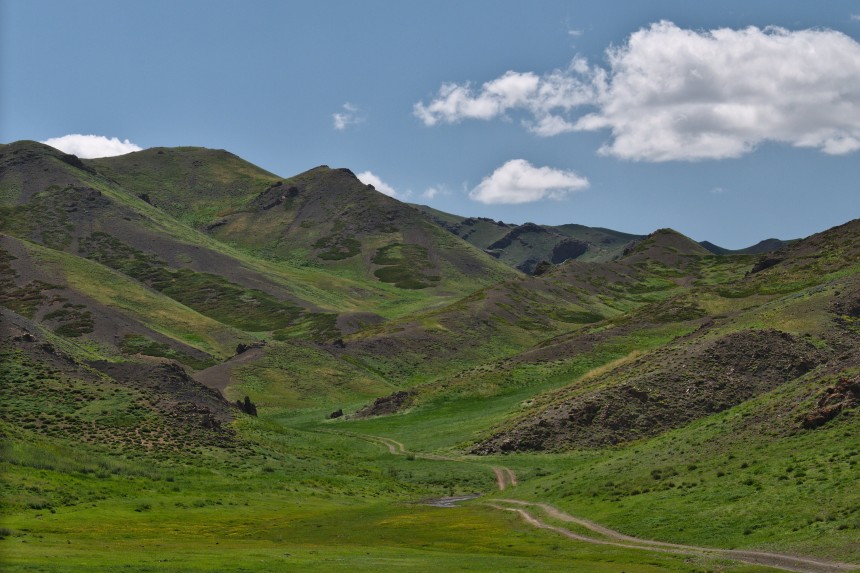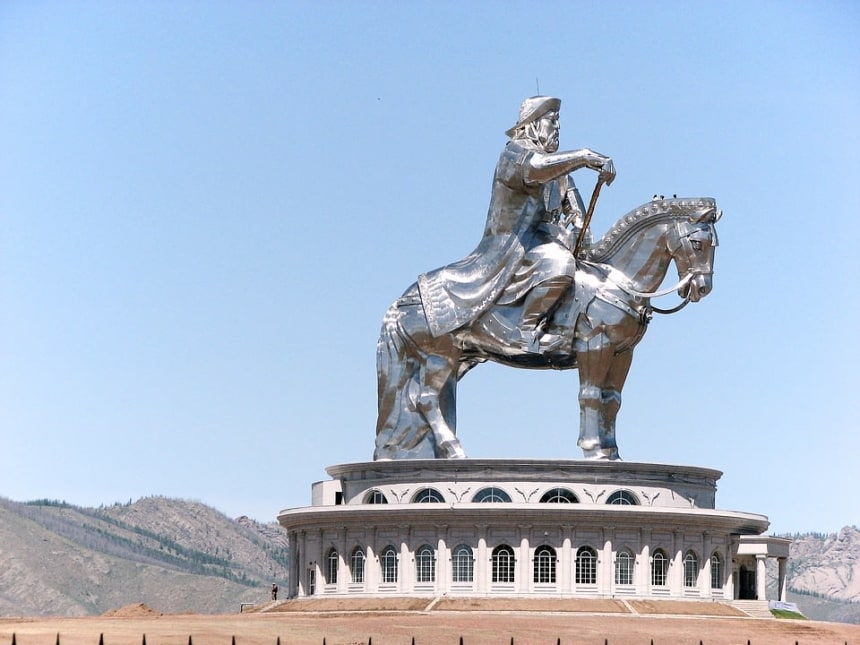| 6 mins read
Mongolia is travel’s last great frontier. After existing in a Soviet bubble for the best part of half a century, this rugged country is finally beginning to open its doors to travellers from across the world making now the ideal time to travel to this majestic destination. Encompassing the grandeur of the glacier-capped Altai Mountains in the west to the vast steppe that encircles the country to the north and east, and the rolling sand dunes of the frigid Gobi Desert in the south, Mongolia has something to appeal to everyone and travellers could easily spend months exploring this hidden gem of a country – despite the fact it is usually just treated as a stopover on the iconic Trans-Siberian Railway. This travel guide to the hidden gems of Mongolia will ensure you have an unrivalled time in what locals’ call ‘the land of the eternal blue sky’.
Explore Mongolia’s royal history at Ulaanbaatar’s Winter Palace of Bogd Khan
Whether you arrive in Mongolia via the Trans-Siberian or by plane, your first stop is most likely going to be Ulaanbaatar. Often described as a love it or hate it type of city, the Mongolian capital gets a bad reputation with its crumbling Soviet-era infrastructure, Victorian levels of smog and sprawling semi-legal suburbs. Despite this, it does offer up some fantastic hidden gems that offer fascinating insights into the history of this little-understood nation.
One of the city’s most fascinating hidden gems is the decaying Winter Palace of Bogd Khan, who ruled between 1893 and 1903 and was Mongolia’s last monarch and eighth ‘Living Buddha’. Unlike much of Ulaanbaatar’s rich cultural heritage, the Winter Palace was spared destruction during Mongolia’s tumultuous 20th century and today retains an atmosphere of faded grandeur. The complex contains six Buddhist temples, all of which have graceful pagoda roofs, and a museum of Mongolian history, with artefacts on display including gifts given to Bogd Khan from Tsar Nicholas II, Russia’s last emperor, and the 1911 Mongolian declaration of independence from China. In short, if you want to understand Mongolia and have some unique experiences there is no better place to start your trip.
Get sporty in Gorkhi-Terelj National Park
Just beyond the sprawl of Ulaanbaatar, Mongolia opens up into a series of vast vistas that are impossible to imagine for visitors coming from Western Europe. One of the highlights of this breathtaking landscape is Gorkhi-Terelj National Park, which is close to the capital city but feels like another world. What is more, this park’s proximity to Ulaanbaatar makes it an ideal destination for those stopping over in the country on the Trans-Siberian Railway with little time for sightseeing.
Famed for its alpine scenery, the park is peppered with jaw-dropping rock formations, like the famous Turtle Rock. These formations are perfect for rock climbing and bouldering and, although there are little in the way of well-maintained hiking trails, those wanting to see the park can simply set off into the wilderness. Other activities such as horse riding (a traditional Mongolian pastime) and watching eagle hunters in action are available, and, if you arrive in winter, skiing and dog sled riding are popular.
See icebergs on Khövsgöl Nuur
Khövsgöl Nuur forms the centrepiece of the national park that goes by the same name. Located close to the Russian border, the ice-cold lake is Mongolia’s largest body of freshwater and is in geological terms an extension of the gigantic Lake Baikal, which lies just over the border in Siberia. While the national park is one of Mongolia’s most popular tourist destinations, this is relative – Mongolia still attracts a fraction of visitors compared to most other nations, so even popular attractions feel like hidden gems.
Travel to the park between June and September, as this is when the tourist infrastructure is open. Outwith this time the weather is incredibly cold and unpredictable. Even visiting during the summer, the lake is peppered with miniature icebergs that can be watched crashing into one another and pounding the lakeshore.
See pre-historic monuments in Gurvan Saikhan National Park
Another one of Mongolia’s most popular national parks, Gurvan Saikhan covers much of the Gobi Desert in the country’s southern flank. Packed with iconic sand dunes, awe-inspiring mountain panoramas and herds of wild camels, the park is a must-visit for its natural splendour
That said, the park also has another side that reveals Mongolia’s rich pre-history. On the road from the Dalanzadgad to the ‘singing sands’, a series of vast sand dunes, explore the remote hillsides where you might be lucky enough to see one of the UNESCO listed petroglyphs that date from between 8000 and 3000 BC. There are numerous rocks carved with mesmerising images of nomadic lifestyles, including hunting scenes.
Come face to face with Genghis Khan
Built-in 2008 on the spot where legend states Genghis Khan found a golden whip, this gigantic statue of Mongolia’s most famous historical figure is something to behold. One of the largest statues on earth, it rises out of the desert to a height of 40 metres (not including its museum-cum-base) and is coated in glistening stainless steel.
Visitors to this unusual attraction can take an elevator up to the head of Ghengis Khan’s horse where you can admire the panoramic vistas of the steppe landscape that birthed the Mongol Empire, which once stretched from Mongolia all the way to Eastern Europe. If you are so taken by the place there are traditional Mongolian gers that you can stay in.
Take a dip at Tsenkher Hot Springs
After a long Mongolian adventure of trekking through national parks, exploring Ulaanbaatar’s rich history and taking part in traditional nomadic activities like horse riding, what any visitor to this country will need is a trip to a thermal bath. Thankfully, Tsenkher Hot Springs is one of the finest in Central Asia.
Located in the midst of the steppe wilderness on the site of former volcanoes, these rustic baths are frequented by locals and tourists. They are said to heal articular health problems and issues with the nervous system. Whether you believe that or not, they are certainly a relaxing experience that will perfectly cap off your tour of Mongolia’s hidden gems.
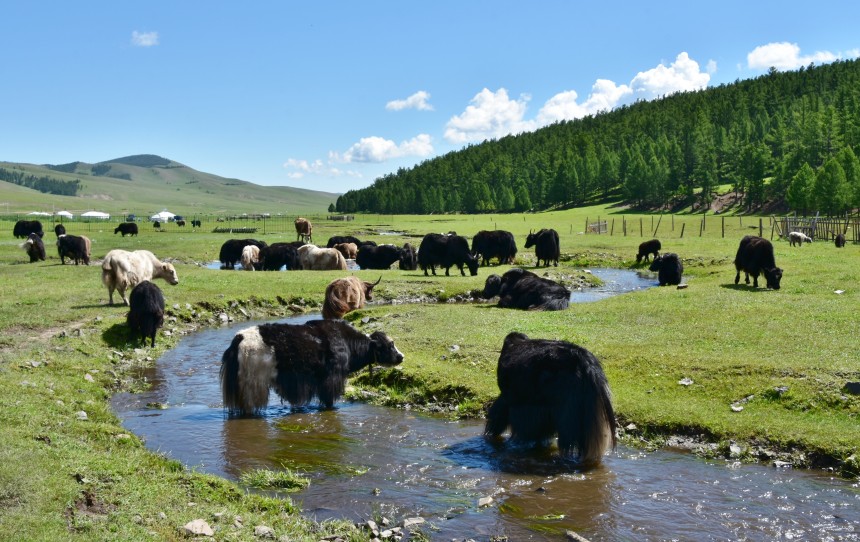
Image details and licenses: Winter Palace of Bogd Khan: https://flic.kr/p/29G8DiQ (Richard Mortel, CC BY 2.0), Gorkhi-Terelj National Park: https://flic.kr/p/8rorto (Brian, CC BY 2.0), Khövsgöl Nuur: Jose Luis Hernandez, CC BY-NC-ND 2.0), Gurvan Saikhan National Park: https://flic.kr/p/yqQuZC (Delphinidaesy, CC BY-NC 2.0), Tsenkher Hot Springs: https://flic.kr/p/M5AG4n (Richard Mortel, CC BYT 2.0)

